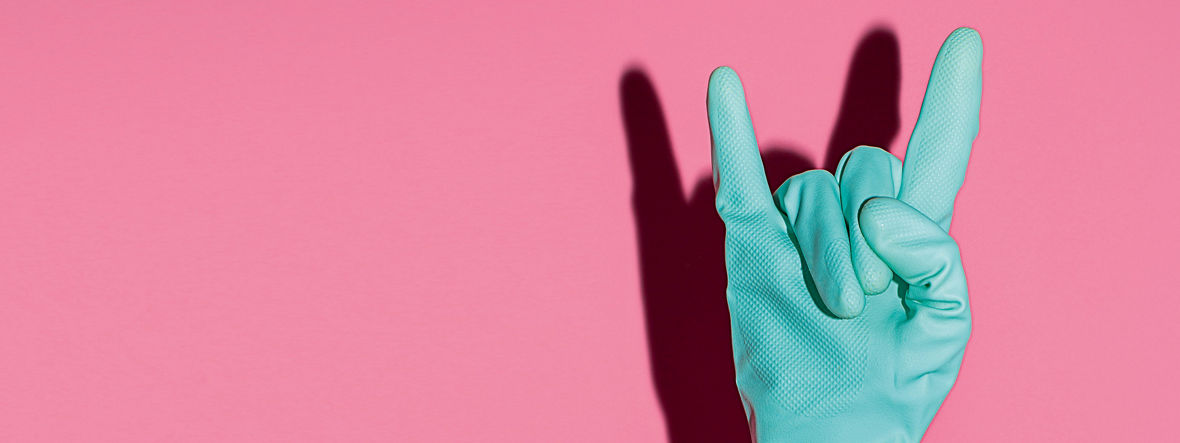Since the beginning of human history, our longevity has continually increased. This effect was especially accelerated during the twentieth century. About 1900, the average lifespan of German men was 45 years; for women, it was 48 years. Since that time those figures have almost doubled. This development has been largely due to improvements in hygiene, which prevents the outbreak of diseases.
Such long human lifespans have been made possible by the modern era’s expansion of public hygiene measures ranging from well-functioning sewage systems to mandatory vaccination, as well as efficient private hygiene due to products such as effective cleaning agents, toilet paper, and toothpaste.
The history of hygiene dates back to Greek mythology. Its very name is derived from Hygieia, the goddess of health and the daughter of Asklepios, the god of medicine. One of her best-known devotees was Hippocrates, a physician who recommended conscientious personal hygiene as a means of avoiding disease. The citizens of the Roman Empire were also extremely hygiene-conscious: Public baths and toilets were familiar parts of the urban landscape. Even back then, the scientists of that era suspected that “tiny creatures” invisible to the eye caused diseases. But these microorganisms only became visible more than 2,000 years later, when the Dutch merchant Antony van Leeuwenhoek observed bacteria under a microscope for the first time in 1675.
THE FIGHT AGAINST BACTERIA
In the 19th century, the development of hygiene was accelerated by leaps and bounds. Ignaz Philip Semmelweis discovered the immense utility of hand disinfection and thus dramatically decreased the maternal mortality rate. Meanwhile, Sir Joseph Lister was introducing the use of carbolic acid (phenol) as a disinfectant for the antiseptic treatment of wounds, which put an end to deaths caused by wound fever. Louis Pasteur discovered the effectiveness of heating foods to make them germ-free, and shortly thereafter Robert Koch isolated the tuberculosis pathogen and joined Pasteur as the cofounder of modern bacteriology. However, all of these measures were still not sufficient to effectively cure bacterial infections. It was not until 1929 that Alexander Fleming discovered the first antibiotic, penicillin.

The history of hygiene is still not over today. It’s true that we can now treat diseases such as plague and tuberculosis, but today there are still many infectious diseases for which no medicine is yet available—including Covid-19. As a result, strict hygiene regulations are the best weapon in the struggle to maintain human health.
In the Western world, the provisions needed for compliance with the principal rules of hygiene are generally available. However, in the developing countries the situation is very different. More than 50 percent of households in India do not have their own toilet, and half of the world’s people wash their laundry by hand. Very many women still have no access to menstruation hygiene products.
A GLOBAL CHALLENGE
However, diseases do not respect national borders, and in today’s globalized world they are spreading faster than ever before. Because of climate change, we also have to prepare for larger numbers of infections: Rising temperatures are expanding the range and the seasonality of mosquito species and the viruses they transmit. In developed countries, the widespread use of antibiotics has also meant that more and more strains of bacteria are resistant to the medicines that are currently available. As a result, even today strict hygiene measures are often the best way to prevent the spread of diseases.
Nor will the challenges in the area of hygiene diminish in the future. That’s why the Corporate Foresight team and the scientists at Creavis are analyzing new approaches and concepts in hygiene, such as antimicrobial surfaces and coatings and the use of phages—viruses that attack and destroy specific bacteria. The goal is a clean and healthy future.


